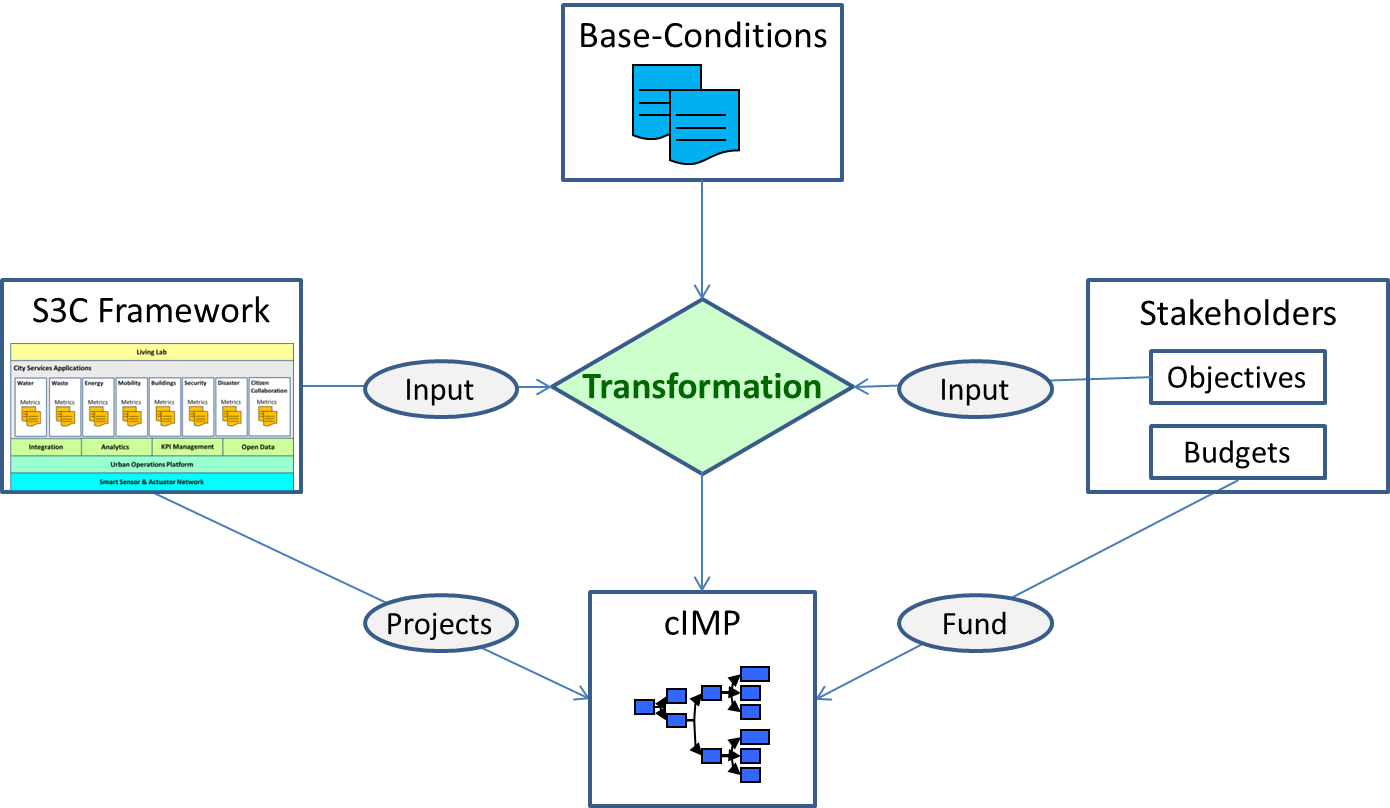A paradigm shift is underway for CSR funding
Money:
A variety of sources of financing exists for community level projects, but availability needs to be professionalized, consolidated, and managed so that impact per dollar is properly leveraged.
Stakeholders:
Projects should meet the perceived aspirations of stakeholders, who need to consider the future of their community as it grows through investment into an S3C that meets their vision.
Projects:
Regardless of their size or source, projects should be categorized and evaluated not for discrete impacts, but in terms of how they impact target communities, the local area, the surrounding region, the country, and the greater region over time. To be viable, projects need to be selected in the context of a watershed, the populations and their anticipated demographic shifts within the watershed, environmental and natural disaster risks, social opportunities and needs, and the various limits to growth that can be identified and mitigated against or accepted. They must meet international requirements for environmental concerns, including climate change and resilience building, as well as socio-economic guidelines.
Creating and working with a comprehensive Integrated Master Plan (cIMP) that has been validated and informed by all ranges of local stakeholders helps achieve the best marriage of money and projects.
The diagram below shows how transformation is viewed by CSRspace – a continuous cycle through which projects are updated, and by which projects selected for funding under CSR or private direct investment are considered within the context of other projects, preferably through a comprehensive IMP.
cIMP Benefits
Companies who seek to invest in meaningful CSR, either through projects that are add-ons to existing primary projects, or with specific new projects can take on discrete projects already identified and scoped out for such funding by a community.
Developing communities can benefit by either obtaining help to develop a cIMP or using an existing one, with its list of already scoped out discrete projects to aggressively attract CSR funding for important projects.
cIMP Guidelines
The cIMP should include, inter alia, guidelines for:
- Assessment of the environmental, socio-economic, socio-cultural and demographic baseline
- Management & consolidation of funding streams
- Engagement of all identified and directly relevant stakeholders
- Evaluation against applicable international norms, requirements and best management practices
- Identification of projects and integration into programs, including points of entry and exit for funder
- Identification and use of opportunities to apply ICT4D
- Economic enablement
- Capacity building and governance
- Definition of KPIs and general metrics to measure and track success or identify areas for change

